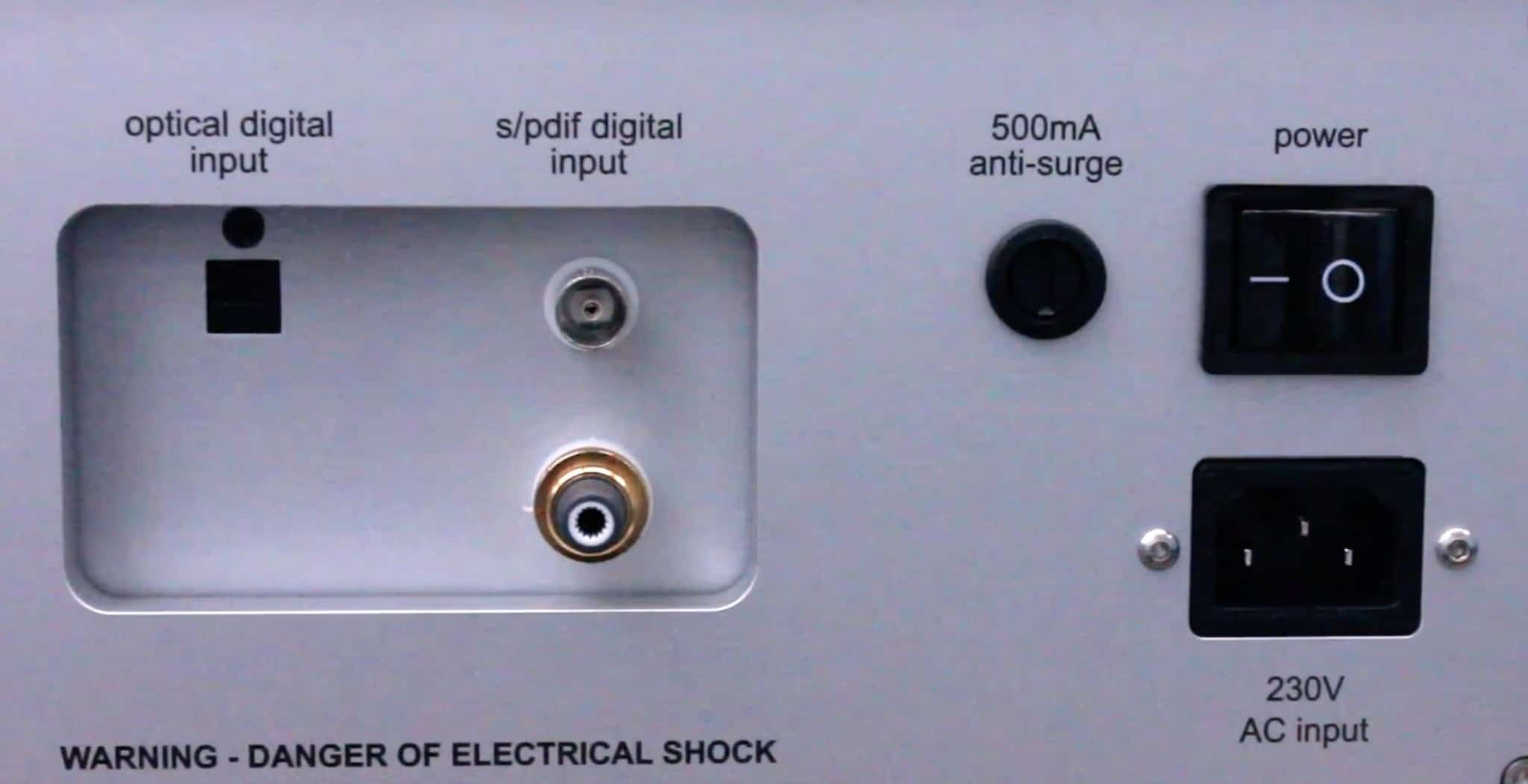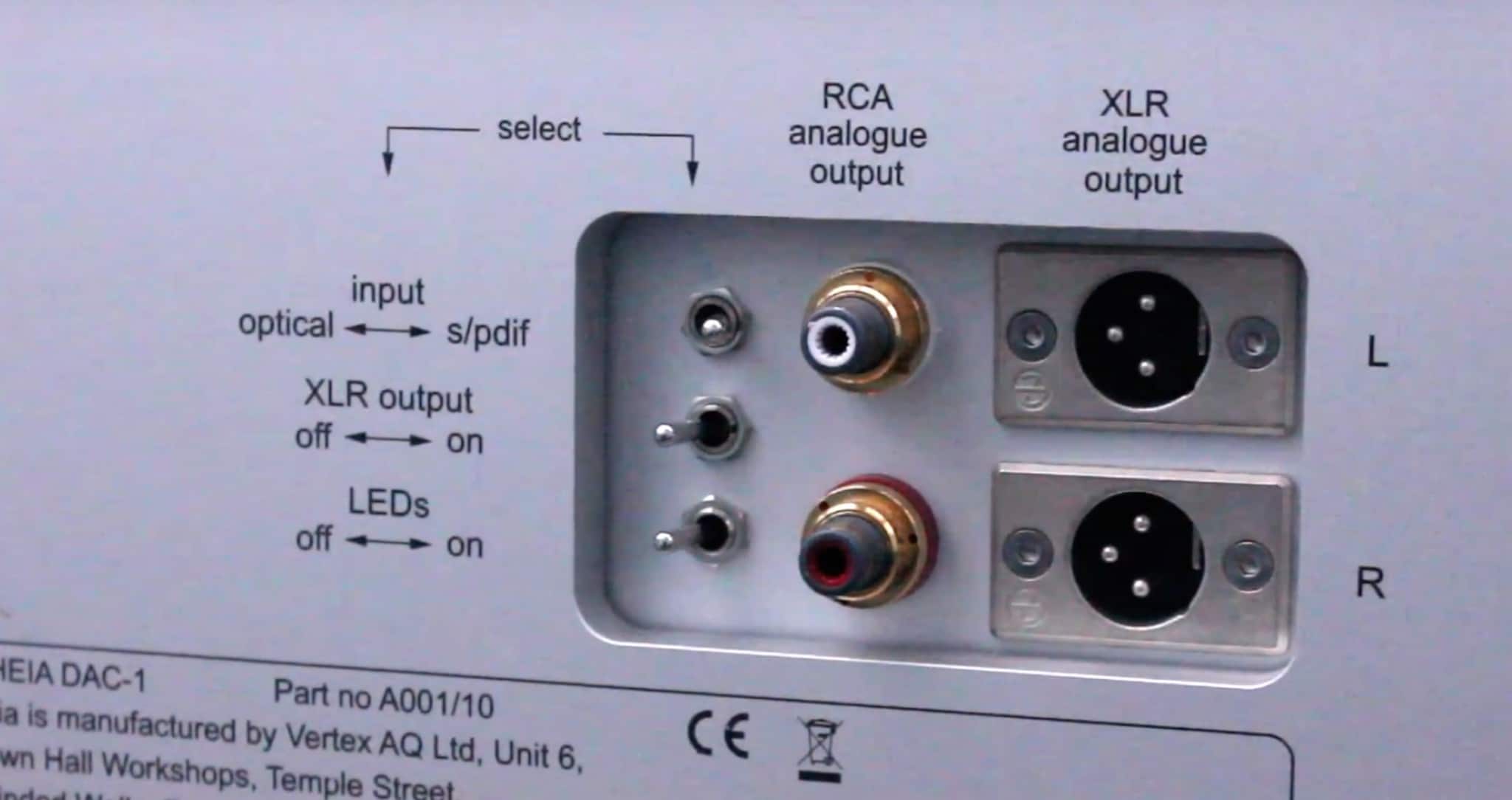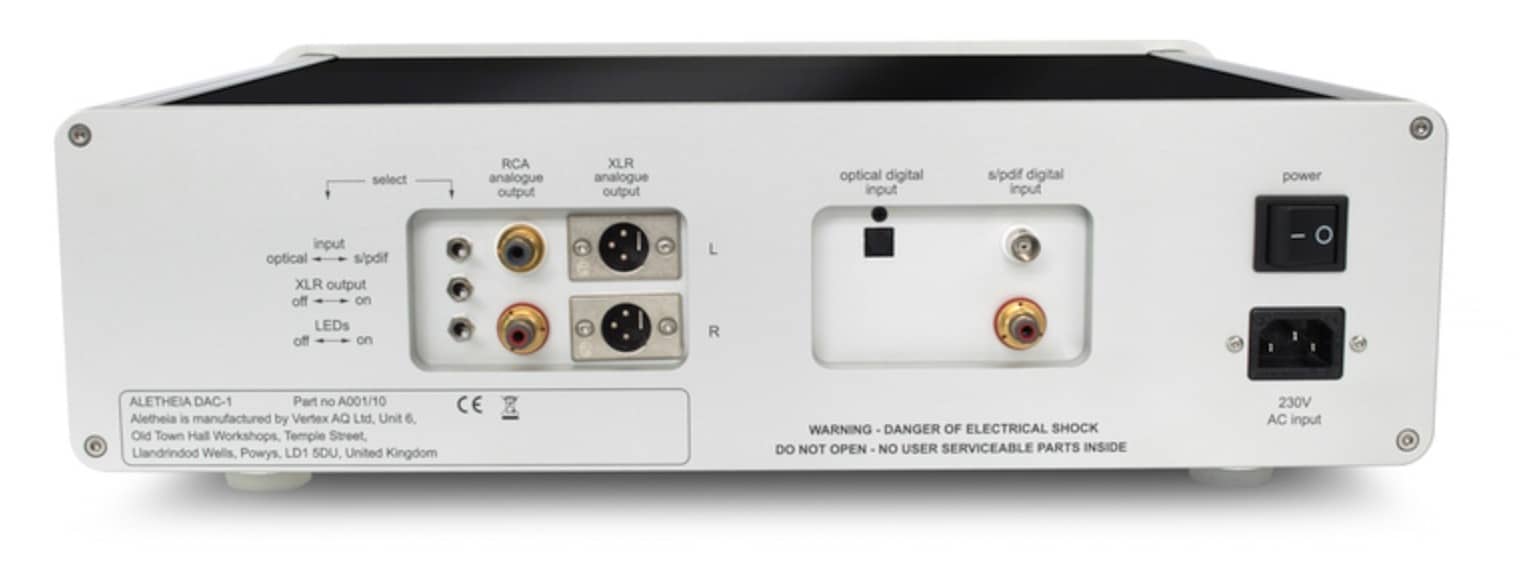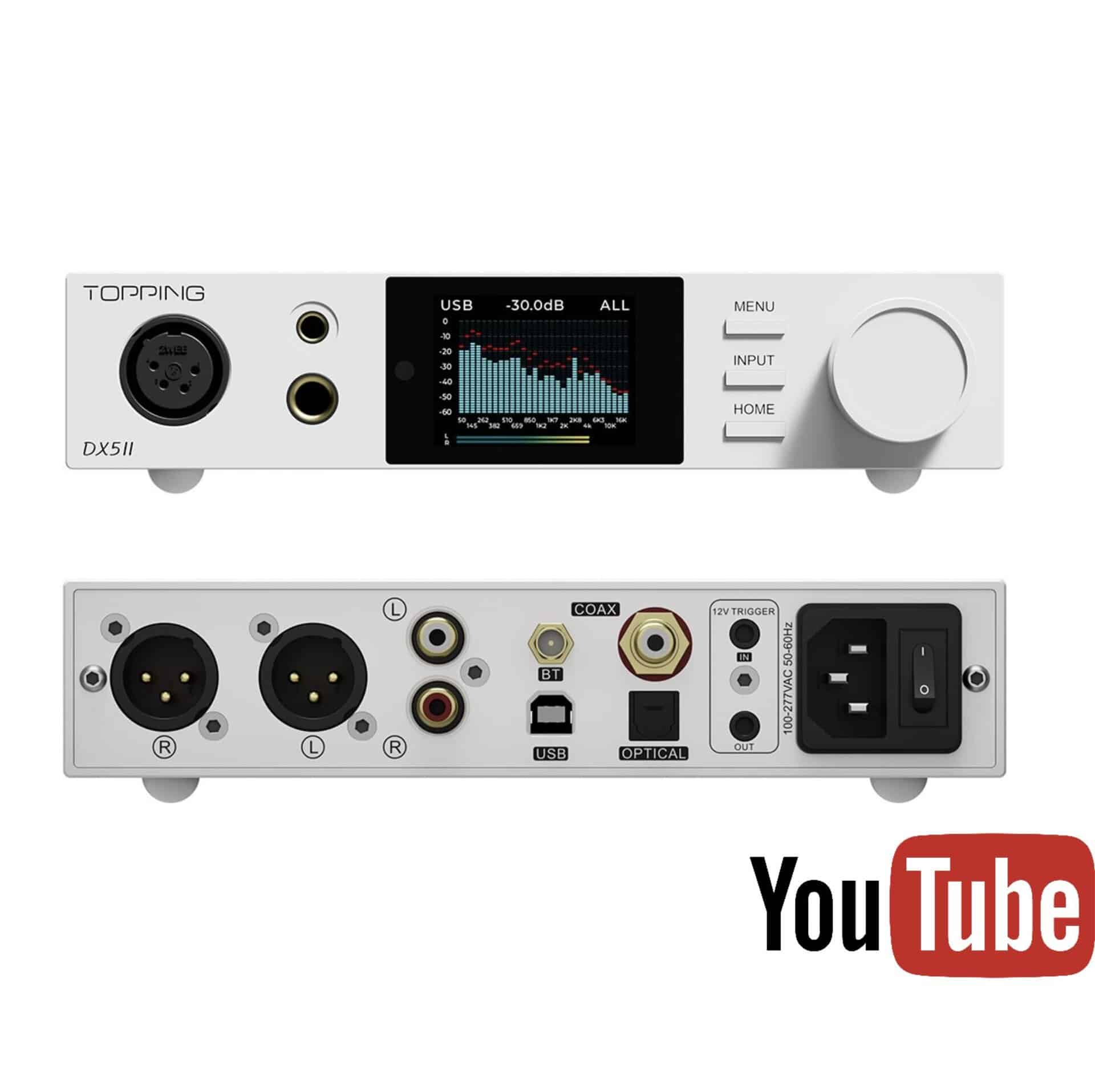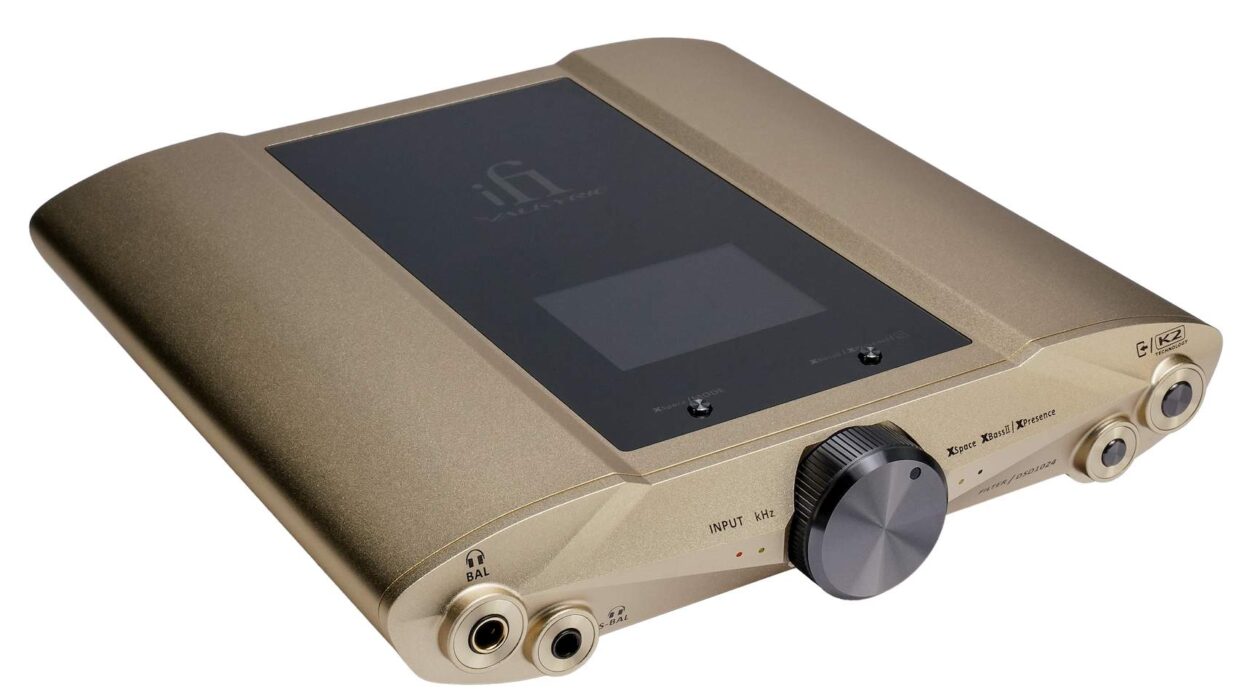The Article
Vertex AQ Aletheia DAC-1: Looking For a Quiet Life?
15th February 2017
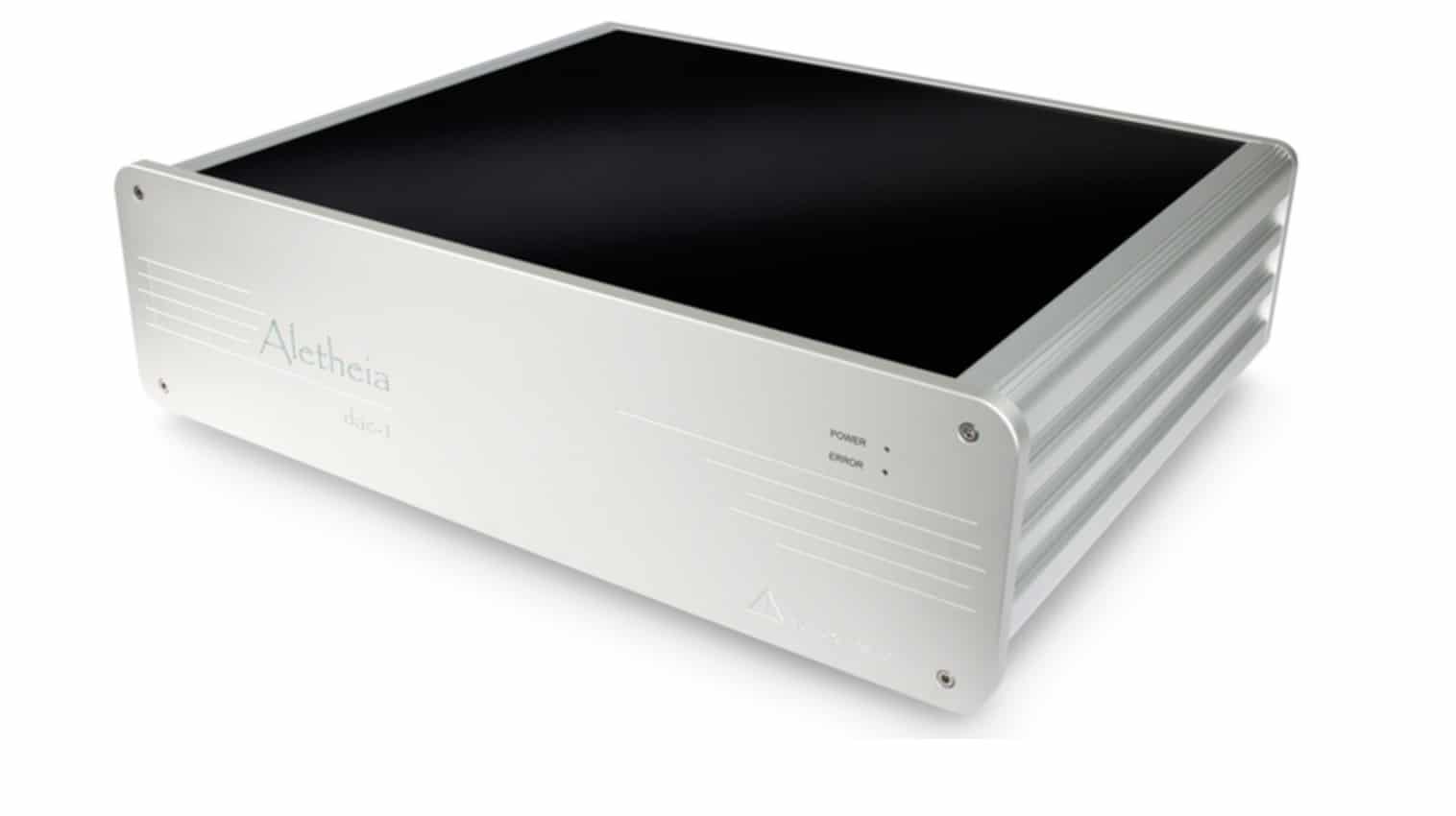
Featuring a host of bespoke noise reduction technologies Paul Rigby reviews the Vertex AQ Aletheia DAC-1
The idea is that if you separate each major component within a hi-fi system, you reduce inherent noise and increase the sound quality. You see this every day, of course. People take apart integrated amplifiers all of the time (in a design sense….not literally) and divide them into a pre-amp plus two monoblocks. Phono amps are treated in a similar way. I use a two-box phono amplifier, for example. Separating the transport of a CD player from the DAC is another common approach to enhancing sound quality.
The difference with this particular DAC and the reason for its high cost is the extra lengths that Vertex AQ goes to reduce noise. It utilises a systematic approach, in one box, to the DAC design. At its core, the DAC is a 16bit, non-oversampling, non-output filtered design using a TDA 1543 DAC chip (the same one that you’ll find in the CAD DACs, incidentally), “We believe in it because its about the only chip out there that does not have internal software calibration permanently running inside the chip. Important because you can hear the software running in the chip. You might get better sinewave measurements at -130db but we don’t listen to stuff at that level,” said Steve Elford, Vertex AQ boss, “it’s a nonsense. As the DAC chip is churning out loud music, that software is messing it up.”
Vertex AQ only uses a single chip inside this DAC because it believes that using multiple chips can cause timing errors between them. The Aletheia utilises a large case but that’s because there’s a lot to stuff inside, “Within it, is an internal Jaya on the mains input and an internal Roraima on the feed from the mains socket to the transformer,” said Elford. “The transformer is built in a decoupled module to reduce vibration. The input and output digital/analogue lines are on floating sub-chassis panels – the switches too – to prevent vibration from the case going into the wiring. That’s a difficult thing to do properly. Other people bolt sensitive input and output connections to a chassis!”
The mains connector is on the chassis and the former is vibrating away but Vertex AQ try to stop the vibration getting into the sensitive circuitry. Otherwise that circuitry can see the vibrating man straight away.
“Those inputs and outputs effectively have their own interconnect modules,” said Elford. “On the mains side, there are multiple layers of voltage regulation while the DAC itself sits inside its own module. In fact, if you took the top off you wouldn’t see a big circuit board with a transformer bolted it. You’d see multiple modules.”
In and around all of these is a complex array of noise-absorbing labyrinths sitting within interstage modules, EMI-absorbing compounds and more. This prevents any vibration present in one part of the DAC passing that vibration elsewhere. The idea is to isolate any noise, vibration and the like and remove it in situ before it wanders about. Every component in the chassis is treated in one way or another. A lot of man hours are required to build each DAC.
The chassis features a perspex top which does improve sound over a metal top because, “…otherwise, you’ve closed the Faraday Cage.”
IN USE
Using the Densen as a reference, many readers will wonder why I am bothering to change this particular design’s set-up. After all, this unit is a well designed CD player with sound enhancing isolation as a core value of its make-up. Where the power supply is located in a separate box and where the Densen’s price point possibly hints that there might not be too many rewards, in sonic terms, of spending more. What is the point of effectively removing the Densen DAC and using an external example? More specifically, the Vertex AQ Aletheia DAC? When Densen has gone to so much trouble, why create work for yourself?
Two reasons. Firstly, I wanted to see what an external £11k DAC could actually do to a system like this. Would I even hear an upgrade in sound quality?
Secondly, regular readers will know that I use a host of Vertex AQ cabling and power blocks with noise reduction technologies within, as part of my reference hi-fi chain. You can find more about this HERE and HERE (plus a few other places besides if you search the site for ‘vertex aq’). The noise reduction technology that sits inside the Vertex AQ DAC also resides within the cable and power block technology that surrounds it.
The theory, then, is that the DAC should – with a following wind – sound better as a stand-alone item but should be further enhanced because of the complementary noise reduction technologies that surrounds it.
On that basis, I thought it best to test this DAC in two ways. That is, in two stages. To begin the first portion of the test, I decided to remove the Densen and the Vertex AQ DAC from the surrounding Vertex AQ cable/power block loop to see how each compared as individual boxes. Basically, I used my hi-fi reference chain but binned the Vertex AQ cabling and power blocks.
In this format, I used good quality, non-Vertex AQ, cabling throughout my hi-fi chain and connected that to a basic trailing power block that you might pick up from a High St hardware shop, to the mains to replicate an all too familiar hi-fi mains set-up. Hence, for the first testing stage, the only Vertex AQ kit present in my hi-fi was the DAC. Nothing else.
The second stage was to put all of the Vertex AQ support cables and power blocks into the chain again and see how that affected the sound quality.
In terms of music, I played two test CDs. Firstly the complex and often avant-garde guitar work of Kim Myhr on his new album, Bloom (Hubro) including electric 12-string, six-string, acoustic 12-string and electronics. Secondly, I played the new CD from Mats Eilersten. Rubicon is a jazz piece from the ECM label.
SOUND QUALITY
Listening to the kit without Vertex AQ accessories, using the Myhr CD as a music source, the addition of the Vertex AQ DAC to the Densen system triggered two immediate thoughts. Firstly, when the Aletheia was connected, the volume lowered which required a slight increase in gain to achieve the same volume level.
Secondly, the soundstage had changed shape, the stereo image had now moved backwards, offering a greater 3D effect. The lower volume was, of course, a decrease in noise which was edifying and proved that, even away from my reference system of supportive cables and power blocks, the DAC sucked the noise from the source transport on its own and exhibited an appreciable and positive effect.
During the track, I realised another two things. Firstly, the soundstage was now wider than before and, secondly, the ability of the soundstage to layer itself was more definite and pronounced. For example, in the early stages of this CD, there was a cacophonous effect with varying guitars that had a shimmering, almost ethereal electric, high pitched guitar cloud roaming from left to right. In addition, Myhr played a menacing electric 12-string slow strum with a deep, cavernous bass effect with, finally, an electronic bass drum addition providing a minor melodic effect. Before, this trio of effects were rather one dimensional. The Densen sounded restricted. Almost as if it was wearing a pair of jeans a size too small. That lack of space combined with a shifting, uncomfortable, slightly awkward sonic feel. With the Aletheia DAC added, each element occupied its own different layer and, more than that, there was a definite space in between each layer that gave the entire effect tremendous depth but also movement as each layer responded to the one next to it, giving this musical excerpt a real sense of occasion.
Yes the bass was bassier, yes the midrange more dynamic and yes the treble-infused high stringed effects offered greater precision and delicacy but the principle changes were how the sound was presented to the ear.
This continued with the jazz music from Mats Eilersten. This 7-piece ensemble not only found a space to play and held space around them to play but the soundstage exhibited newly found depth and breadth to enable that to happen without stress or strain.
So, as a stand-alone box, the DAC-1 received a thumbs up.
I then moved the Densen/Vertex AQ combo back into the Vertex AQ foundational structure where my hi-fi system sat within Vertex AQ cabling and power blocks but retained the slow, meticulous, slightly melancholy yet considered pace of the Eilersten jazz piece CD source.
The result was not just an improvement, the differences were revelatory and showed how the DAC reacted when faced with a Vertex AQ system. The combination of the Vertex AQ DAC and that important systematic approach to the associated hardware provided a symbiotic relationship between the noise reduction technologies within the DAC and those similar technologies in and around the Vertex AQ cabling and power block supports so that the soundstage was reorganised into a far more sensible and well ordered manner. The clarinet player shifted a bit to the left, a sax appeared more in the middle, the bass clarinet to the right. Before, all three occupied a vaguely central yet muddled space around the stereo image. More than that, on the right channel, the bass drum now appeared distinctly below the higher placed cymbal work giving sense to the logical placement for each instrument component.
The extra clarity and transparency made the ear sit up and listen too. Where a drum sequence hovered in the background previously unnoticed and occupying a rather bland role, now there was more dynamism and immediacy. Subtle and previously snooze-filled delicacies jumped up and waved at you. Because of this, the soundstage was now packed full of seemingly more information which, because of the lowering noise, supplied new and more subtle detail in and around the newly established silence.
CONCLUSION
For a CD-based source, the importance of the separate DAC has firmly been established within this test. Even with a separate power supply, the Densen CD player source benefitted with the use of an isolated DAC.
That the DAC was also of such a high quality in terms of design and component selection was also evident in terms of the sonic progression. There was none of the oft-quoted suggestion that the level of sonic improvements reduce as you spend more money. Actually, in general terms, this urban myth is just that. The idea is complete tosh, in fact. The expense was definitely worth it.
More than that was the reduction in noise and the benefits that this element brought to the party.
The largest improvement was heard after this DAC was integrated and performed as part of a larger systematic Vertex AQ connection. That is, as a Vertex AQ DAC connected to familiar Vertex AQ cabling and power blocks (where every component shared similar noise reduction technologies). As such, the DAC merged into the hi-fi chain. Without wanting to demean the DAC itself, it became ‘just’ another piece in a larger picture that took one more step in removing various species of noise from the overall hi-fi chain. It was there as part of a team, no more, no less.
As such, this review might have started out as a straight DAC review but ended up being a lot more than that.
Once more, this test backs up that you need to look at the entire hi-fi chain for true sound quality improvements and not fixate on a couple of individual components, believing that each will bring musical nirvana. Think again. Your hi-fi is not a collection of individual boxes and bits of wiring, it’s an interconnected and interwoven system. A spider’s web. A single system. One element responds, acts and reacts to and with the next element.
Later in the test, this view was further enhanced as, after the DAC had resided within the Vertex AQ chain for some time, the noise continued to drain from it, improving and enhancing the above sonic improvements still further: the sonic improvements are vaguely similar to ‘running in’ a set of valves or a set of headphones. Time improves the sound of those components, over time.
A top quality DAC in isolation, the DAC is even better as part of an evolving and integrated Vertex AQ system.
VERTEX AQ ALETHEIA DAC-1
Price: £11,000
Tel: 01554 759267
Website: www.vertexaq.com
Facebook: www.facebook.com/vertexaq
GOOD: low noise, dynamics, imagery, soundstage reorganisation, tonal accuracy, systematic benefits
BAD: nothing
RATING: 8 (as a stand-alone DAC)
…and…

